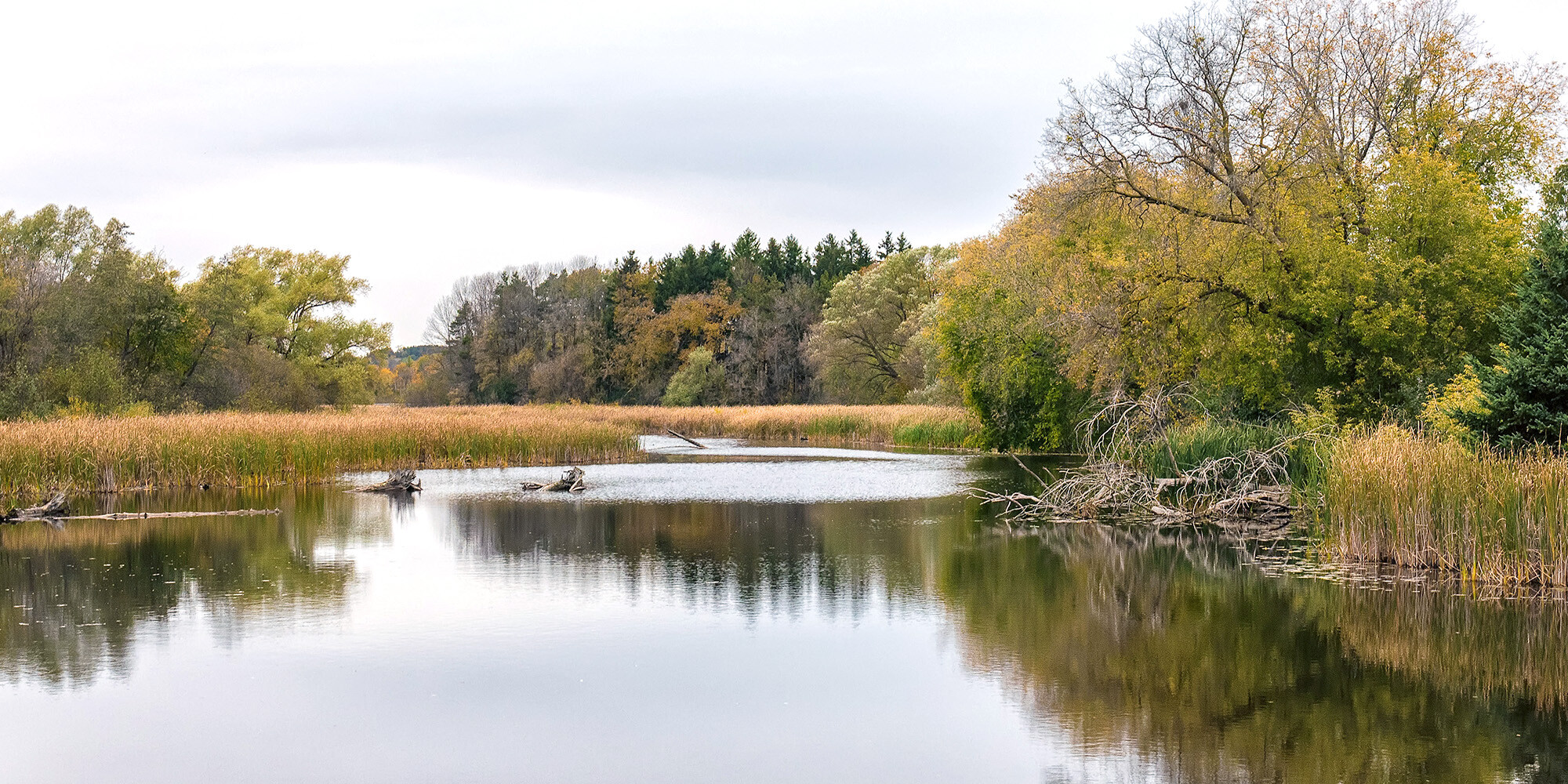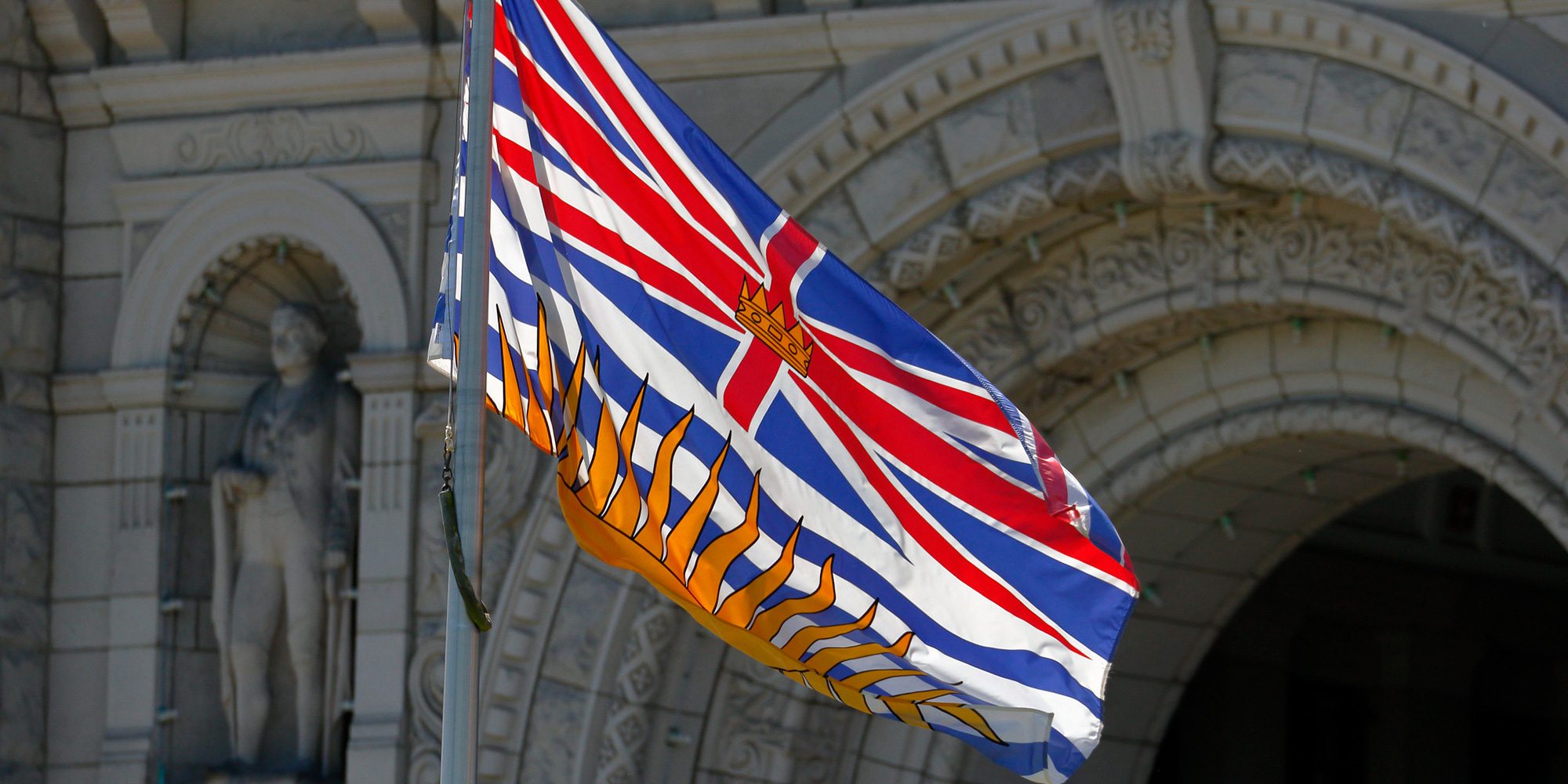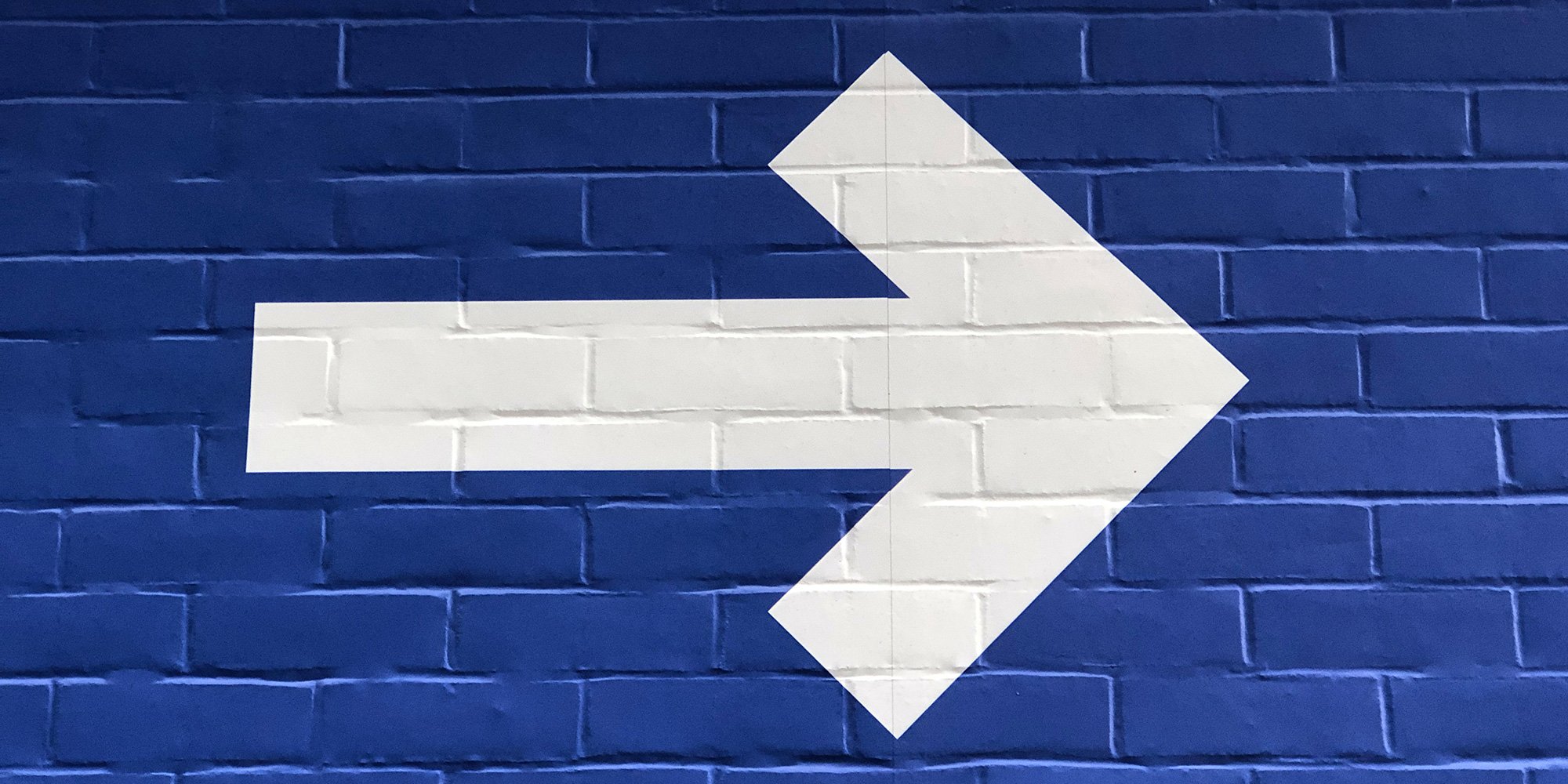The UN Declaration and Reconciliation with Indigenous Peoples in BC
During the 2019 federal election, the U.N. Declaration on the Rights of Indigenous Peoples (the Declaration) was included in four (absent from the...
3 min read
Guest contributor August 07, 2024

Simply crafting vision and mission statements isn't sufficient for an organization; they must ignite a powerful sense of purpose and steer efforts toward a unified goal. At Indigenous Corporate Training Inc., our commitment goes beyond passion for our mission of guiding, training, and supporting learners to work effectively with Indigenous Peoples. Our vision is to be a beacon of trust for those on their journey toward reconciliation, aiming to enrich the world for future generations.
 The true fulfillment, however, comes from witnessing our learners not only embrace but also personify this vision in their own pursuits. We recently connected with Susan Robertson, MCIP RPP MES(PI), Indigenous Corporate Training Inc. alumni, ally, and Principal Planner at People Plan Community, to discuss the impact that her learning with us has had on her work and her approach to Indigenous relations. Below are just a few highlights from our conversation.
The true fulfillment, however, comes from witnessing our learners not only embrace but also personify this vision in their own pursuits. We recently connected with Susan Robertson, MCIP RPP MES(PI), Indigenous Corporate Training Inc. alumni, ally, and Principal Planner at People Plan Community, to discuss the impact that her learning with us has had on her work and her approach to Indigenous relations. Below are just a few highlights from our conversation.
My interest and dedication to the rights of Indigenous Peoples stems from an educational background in cultural anthropology and human geography, rooted in a passion for the inherent connection between people and their ancestral lands. During my early work in conservation and watershed planning for both the Humber and Credit Rivers in Toronto and Mississauga, Ontario, I began my work as a connector between Indigenous and non-Indigenous people. Having read Bob Joseph’s best-selling book 21 Things® You May Not Know About the Indian Act, I developed a deeper awareness of Canada’s history of silencing the voices of Indigenous Peoples, and because of this awareness, engaged the Mississaugas of the Credit First Nation to tell the story of what the land was and to have a say in what it will become. The result was an award-winning conservation project, an important building block between the municipality and its Indigenous community, and a new path for me in Indigenous relations, focusing on advancing Treaty relations through respectful collaboration.
Having recognized the industry's need for respectful Indigenous relations within the municipal engagement process, I reached out to Indigenous Corporate Training Inc. to help further my knowledge, taking every course and reading all the resources available. It was the best decision I ever made. The content is vast, and it comes from a trusted and reliable source with the intent of making it understandable and applicable.
 model.
model.When working with the Government or any clients in this space, it is clear that there is some fear and trepidation surrounding Indigenous relations, mostly stemming from a lack of awareness and a desire to not want to add insult to injury. Themodel removes that fear by providing clear steps and guidelines with an overt intention to promote respectful communication and successful outcomes.
The continuous process of learning, development, and evolution provided by themodel and its broad applicability is exactly what I was looking for to help bridge the gap in communicating and relationship-building with Indigenous Communities. I reached out to Bob Joseph and asked, “Can I apply this?” to which he responded, “That’s what it’s there for.” And now for over 5 years, People Plan Community has been using the
model in watershed planning work to support and facilitate Indigenous and non-Indigenous relationship development.

People Plan Community was formed in 2012 out of a desire to strengthen the relationship between people and place and to foster community planning for a better future together, starting from the watershed to rightsholders to residents. Clients of People Plan Community are reassured by themodel because it is designed by a renowned Indigenous Person to alleviate uncertainty and provide a clear path towards successful relationships.
The feedback I’ve received from the communities I’ve worked with is there is comfort in theprocess because it’s clear, transparent, Indigenous designed, and approaches building a relationship gradually, with rights and responsibilities at the forefront. This model has helped others understand Treaty responsibilities, recognize Indigenous Rights, and how to build respectful relations. It has also helped non-Indigenous participants appreciate the importance of engagement approaches with rightsholders through open and transparent communication.
 model?
model?The model is customized for meaningful Indigenous relations, in that it moves away from traditional engagement approaches for stakeholders to respectful and meaningful relations with rightsholders. By following this model, you have the synergistic experience of taking people on a journey of awareness while bringing them together over shared issues. It creates powerful impacts and offers a guiding light for making the hope of reconciliation possible.
For example, beginning the model with Research is important. It’s the longest step but the most rewarding, with the risk of not doing the research being great, and the potential reward being meaningful relationships. The internal evaluation survey included in the model helps gauge the inner workings of the organization, forcing them to look in the mirror, test their perceptions, and really think about reconciliACTION.
Continued work on the Moccasin Identifier™ to promote public awareness of significant cultural historic sites and the ancestral presence of First Nations, Métis, and Indigenous Communities, as well as continued application of themodel as a tool to see Indigenous Peoples' rights and interests expressed on the land, in the watershed and shorelines of the Great Lakes.
By Lauren Redman
For more information about the  model and its role in restoring harmony between Indigenous and non-Indigenous people through Reconciliation, we recommend our Indigenous Relations or Working Effectively with Indigenous Peoples®️ training options.
model and its role in restoring harmony between Indigenous and non-Indigenous people through Reconciliation, we recommend our Indigenous Relations or Working Effectively with Indigenous Peoples®️ training options.
Featured photo: Credit River, Ontario. Photo: Mustang Joe, Flickr.

During the 2019 federal election, the U.N. Declaration on the Rights of Indigenous Peoples (the Declaration) was included in four (absent from the...

It looks as though Canada may be entering an economic slowdown which means managers and financial officers will be given the task of cutting costs....

As providers of a suite of Indigenous relations training, we are frequently asked if we offer “blanket exercises.” The short answer is “no, we don’t.”